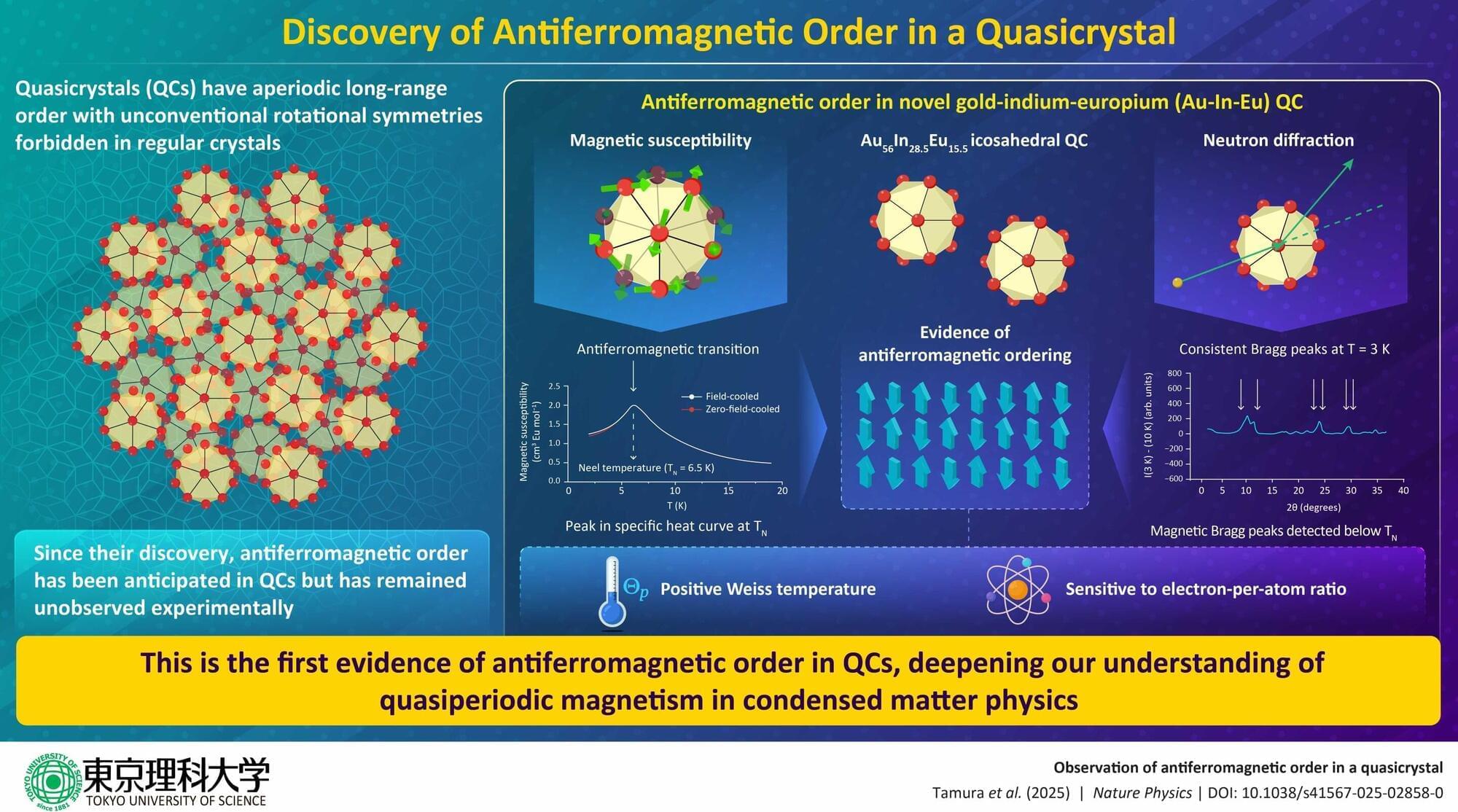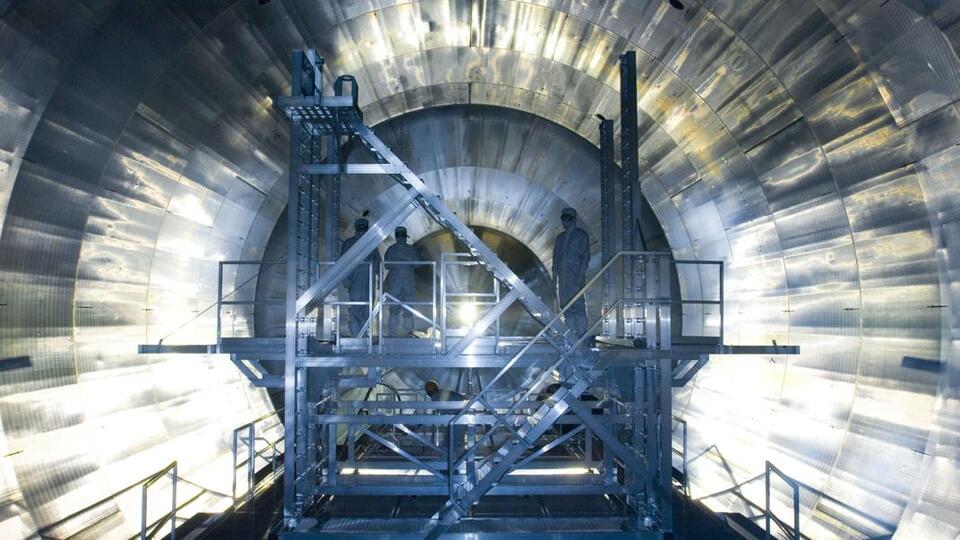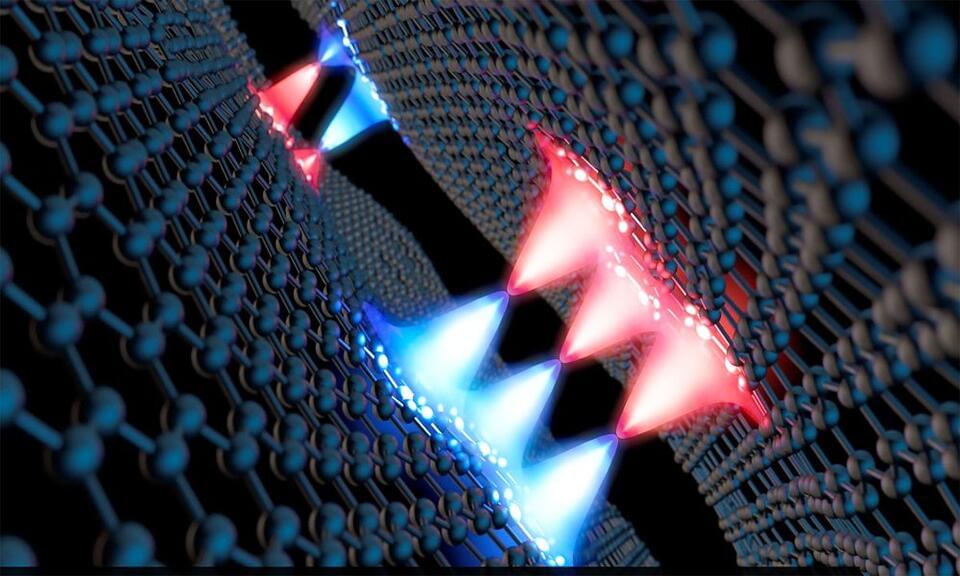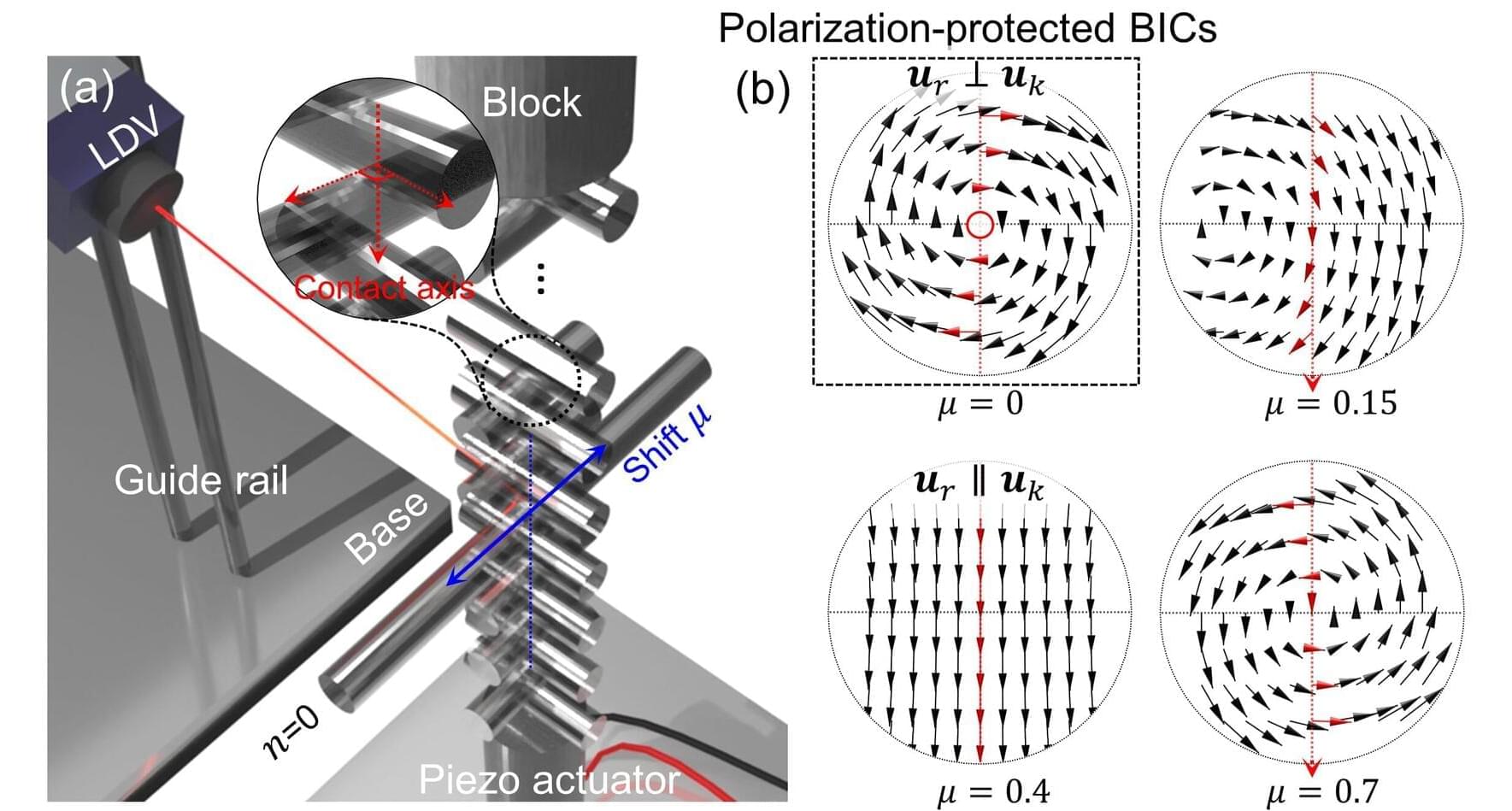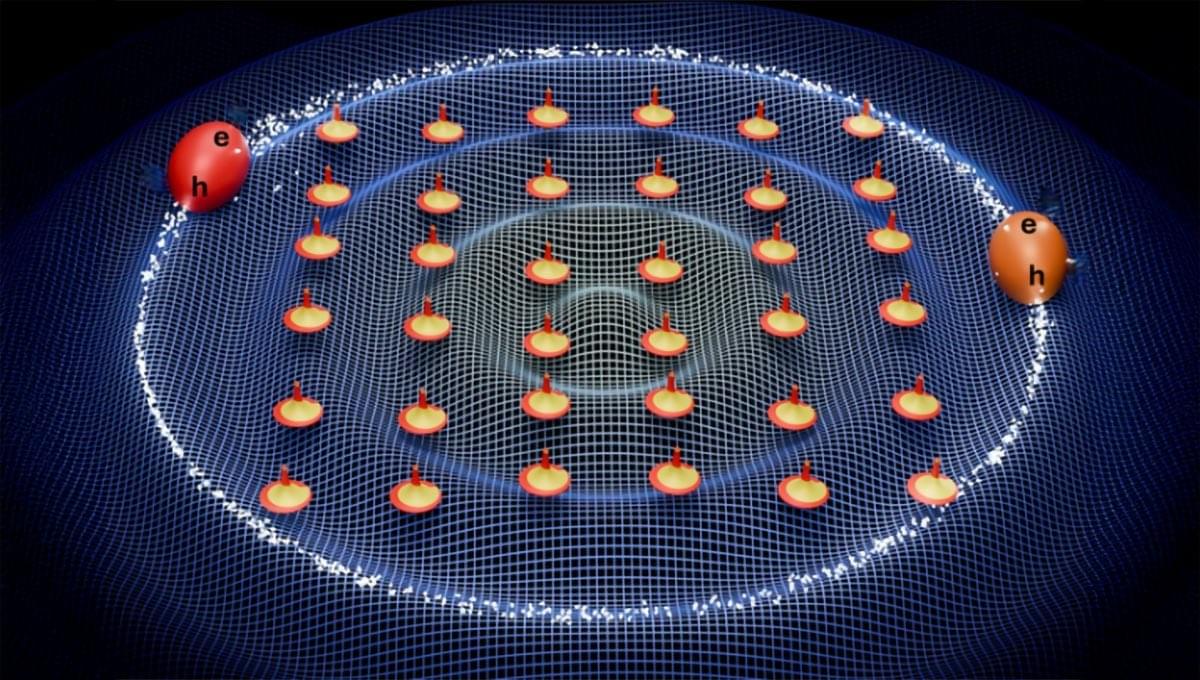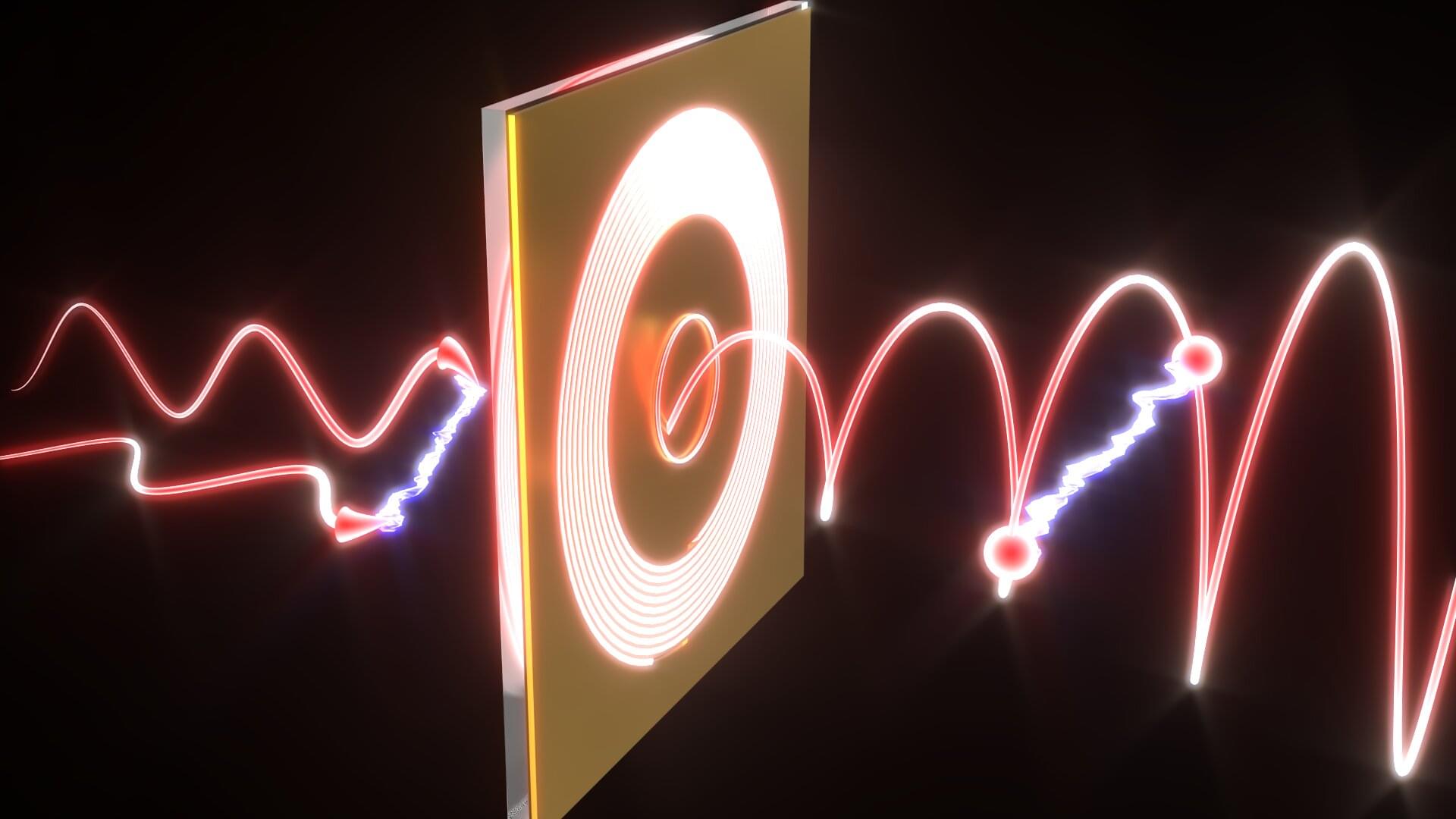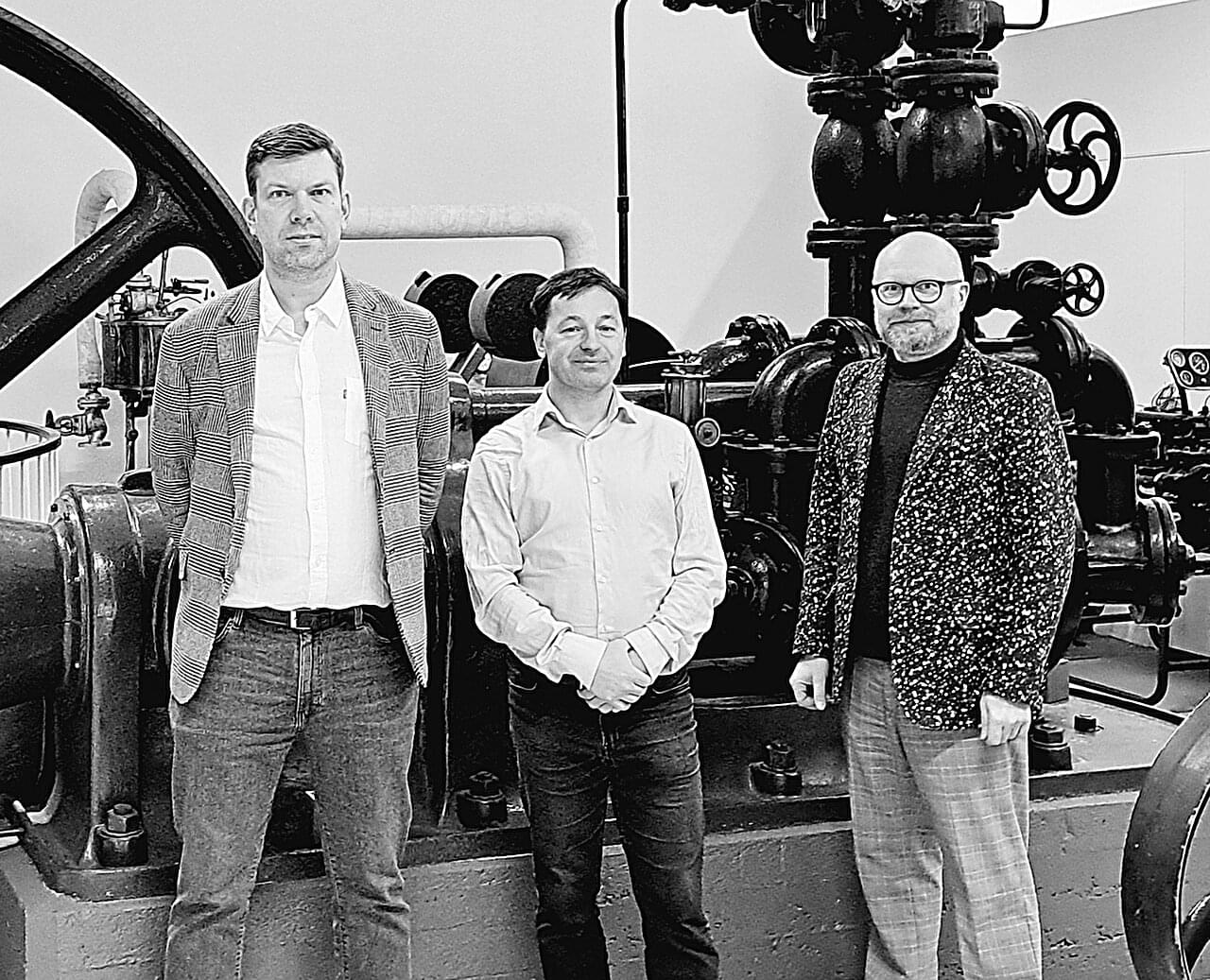Quasicrystals (QCs) are fascinating solid materials that exhibit an intriguing atomic arrangement. Unlike regular crystals, in which atomic arrangements have an ordered repeating pattern, QCs display long-range atomic order that is not periodic. Due to this ‘quasiperiodic’ nature, QCs have unconventional symmetries that are absent in conventional crystals.
Since their Nobel Prize-winning discovery, condensed matter physics researchers have dedicated immense attention toward QCs, attempting to both realize their unique quasiperiodic magnetic order and their possible applications in spintronics and magnetic refrigeration.
Ferromagnetism was recently discovered in the gold-gallium-rare earth (Au-Ga-R) icosahedral QCs (iQCs). Yet scientists were not surprised by this observation because translational periodicity—the repeating arrangement of atoms in a crystal—is not a prerequisite for the emergence of ferromagnetic order.
